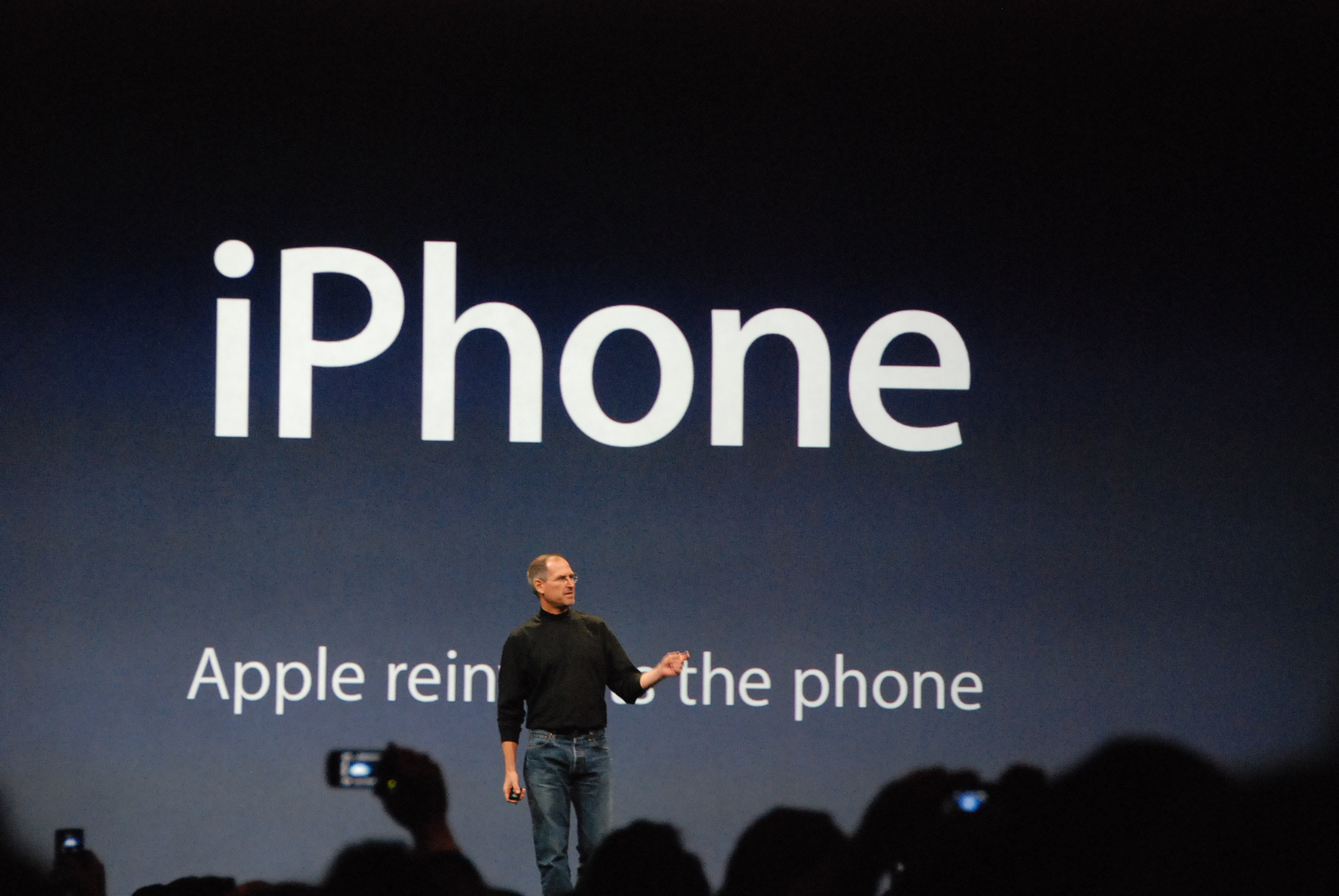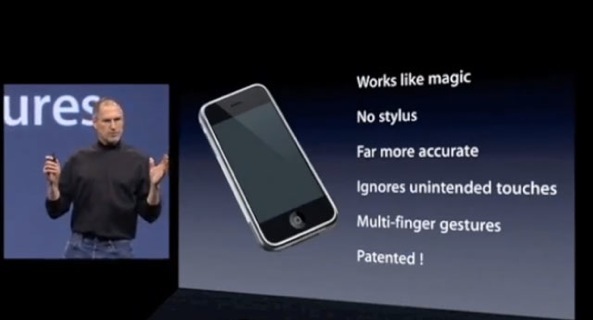The Wall Street Journal published an interesting interview with Apple senior software engineer Greg Christie yesterday, in which Christie offers a detailed look at some of the events that led up to the original iPhone. Apparently the Cupertino company gave him permission to discuss the development process of the handset.
Admittedly, a lot of the things mentioned we’ve heard before—from book excerpts, court testimonies, etc.—but Christie does provide a few new details. For instance, he says at one point Jobs gave him and his team two weeks to come up with something or he would be reassigning the ‘iPhone software’ project to another group…
Here’s the full anecdote from The Journal:
“In February 2005, Apple’s then chief executive, Steve Jobs, gave senior software engineer Greg Christie an ultimatum. Mr. Christie’s team had been struggling for months to lay out the software vision for what would become the iPhone as well as how the parts would work together. Now, Mr. Jobs said the team had two weeks or he would assign the project to another group.
“Steve had pretty much had it,” said Mr. Christie, who still heads Apple’s user-interface team. “He wanted bigger ideas and bigger concepts.
Mr. Christie’s team devised many iPhone features, such as swiping to unlock the phone, placing calls from the address book, and a touch-based music player. The iPhone ditched the keyboard then common on advanced phones for a display that covered the device’s entire surface, and it ran software that more closely resembled personal-computer programs.“
Greg joined Apple in 1996 to work on the Newton, the company’s short-lived PDA project that featured a touchscreen controlled by a stylus. Obviously the project was eventually discontinued after an unsuccessful run, but Christie continued to work at Apple on Mac software and retained his interest in portable computers.
Then, as he tells it, one day in late 2004, Scott Forstall walked into his office, closed the door and asked if he wanted to work on a secret project. Codenamed “purple, the team would develop a phone with a touchscreen and integrated music player—a product top executives feared could threaten the iPod if built by a competitor.
Christie describes his original team as ‘shockingly small,’ but together they pored over details like the perfect speed for scrolling lists, and the height of the bounce animation you see when you reach the end. They also “banged their head against the wall” over how to make text messages appear more like separate conversations.
“For several months, Mr. Christie made twice-monthly presentations to Mr. Jobs in a windowless meeting room on the second floor of Apple’s Cupertino, Calif., headquarters. Only a handful of employees had access to the room; cleaning people weren’t allowed in.
The day after Mr. Christie’s team finally impressed Mr. Jobs with its vision of the iPhone software, it had to repeat the presentation for Bill Campbell, an Apple director and close Jobs confidant. Mr. Christie recalled Mr. Campbell saying the phone would be better than the original Mac. Mr. Campbell didn’t return a call seeking comment.
A few days later, Mr. Jobs summoned the team for a third demonstration, this time for Jony Ive, Apple’s design chief. Mr. Ive’s team was designing the glass for the physical device. “He was curious how we were going to pull off that magic trick” of manipulating software, Mr. Christie said. “
With each demonstration, Mr. Christie says Jobs took over more of the narration, making the story his own. “His excitement for it was boundless.” And apparently so was his demand for secrecy. Jobs ordered employees working on the project to encrypt digital images of the device, and to sit in seclusion when working at home.
Eventually Jobs would take his demonstration of the iPhone public, on stage at the 2007 Macworld keynote. Christie says his team would make several more changes to the software before the handset was released in July of that year, and the rest, as they say, is history. I recommend reading the entire Journal interview here.
It’s not surprising that Apple would give its senior software engineer permission to talk about creating the original iPhone on the eve of the start of its second high profile patent trial with Samsung. Christie is credited as an inventor on at least 2 of the patents the Cupertino company intends to discuss in the upcoming trial.

